Industry information
Company News
- Aluminum veneer customization, creating the art of personalized space
- Punched aluminum veneer: the new darling of creative space
- Aluminum veneer curtain wall: the beauty of architecture, the soul of details
- Punched aluminum veneer: a fashionable choice for modern architecture
- Aluminum veneer curtain wall, the "fashionable coat" of modern architecture
Industry dynamics
- Punched aluminum veneer: the fashionable choice for modern architecture?
- Innovative application of hollow aluminum veneer in building decoration
- Application of aluminum veneer in green buildings
- Aluminum veneer customization, creating personalized space and new fashion!
- Aluminum veneer curtain wall: a window for the integration of architectural aesthetics and technology
Frequently asked questions
- Is the use of aluminum veneer limited by geographical environment?
- Can aluminum veneer be applied to the exterior design of sports buildings?
- What are the maintenance methods for aluminum veneer?
- Is there a wide range of color options for aluminum veneer?
- What is the thermal insulation performance of aluminum veneer?
contact us
Mobile:+86 15627778610
Email: 2201229786
Address: No. 5 Binjiang Road, High tech Zone, Zhaoqing City, Guangdong Province
Application of Sculpture Art in Architecture - Aluminum Veneer
- Author: Xinlongtai Aluminum Industry (Guangdong) Co., Ltd
- Release time: February 25, 2025 23:20:10
- Click:0

The application of sculpture art in architecture is a unique decorative method that can add a unique artistic atmosphere to buildings. ButAluminum veneerAs a new type of building material, it can not only meet basic decorative needs, but also integrate with carving techniques, providing a new choice for modern architectural decoration. This article will provide a detailed introduction to the advantages and applications of aluminum veneer in sculpture art.
Aluminum veneer can be made into various complex patterns and decorations through punching technology. Punching is the process of cutting aluminum alloy sheets according to design requirements and then using punching machines to create various complex patterns and decorations. Compared to traditional building materials such as stone and glass, aluminum veneer has better plasticity and processability, and can be customized in various shapes and sizes according to the designer's design needs to meet different building decoration requirements.
Aluminum veneer can be carved using advanced technologies such as CNC machining and laser engraving. These technologies can improve the precision and smoothness of aluminum veneer, thereby enhancing its decorative effect and quality. Aluminum veneer can also be treated with surface treatments such as anodizing to enhance its corrosion resistance and wear resistance.
Aluminum veneer can create complex patterns and decorations through carving techniques. Aluminum veneer can be carved into various complex patterns and decorations, such as leaves, flowers, waves, etc., to give buildings a stronger artistic sense. Aluminum veneer also has good sound insulation, thermal insulation performance, and energy-saving and environmental protection characteristics, making it a very suitable decorative material for urban buildings.
The carving process of aluminum veneer can also be combined with other building materials. For example, aluminum veneer can be combined with other metal materials to create more complex decorative effects; It can also be combined with glass materials to create a more transparent decorative effect.
The carving process of aluminum veneer has good installation efficiency. Compared to traditional building materials such as stone and glass, the installation process of aluminum veneer is simpler and faster. Due to its lightweight, it can greatly reduce the manpower and material resources required during the construction process.
Aluminum veneer adds a unique decorative effect to its application in carving art. Through reasonable design and application, we can fully leverage its advantages and improve the overall quality and aesthetics of buildings. Although aluminum veneer has a wide range of application prospects in modern architectural decoration, there are also some issues that need to be addressed. For example, how to ensure the quality and accuracy of punching, how to handle the relationship between punching and color, etc. These issues require us to constantly explore and research in practical applications.
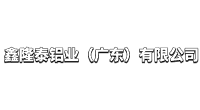
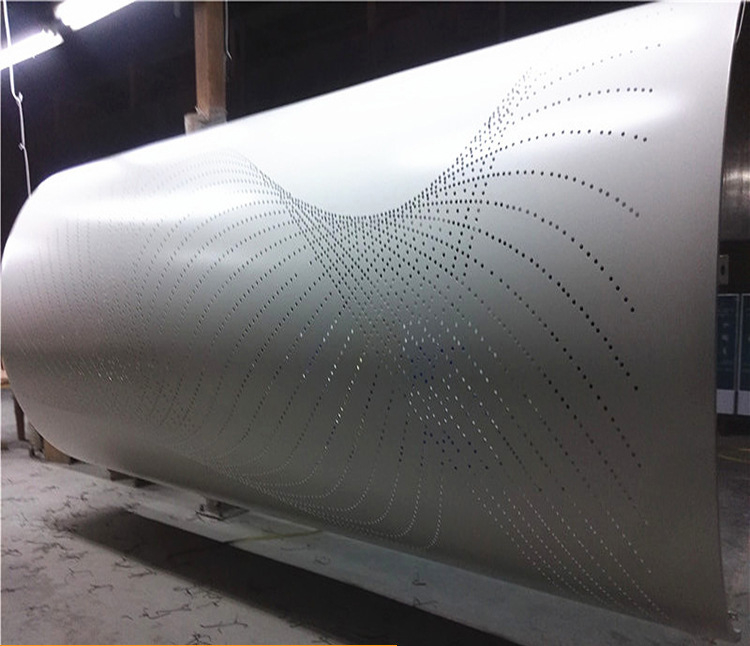
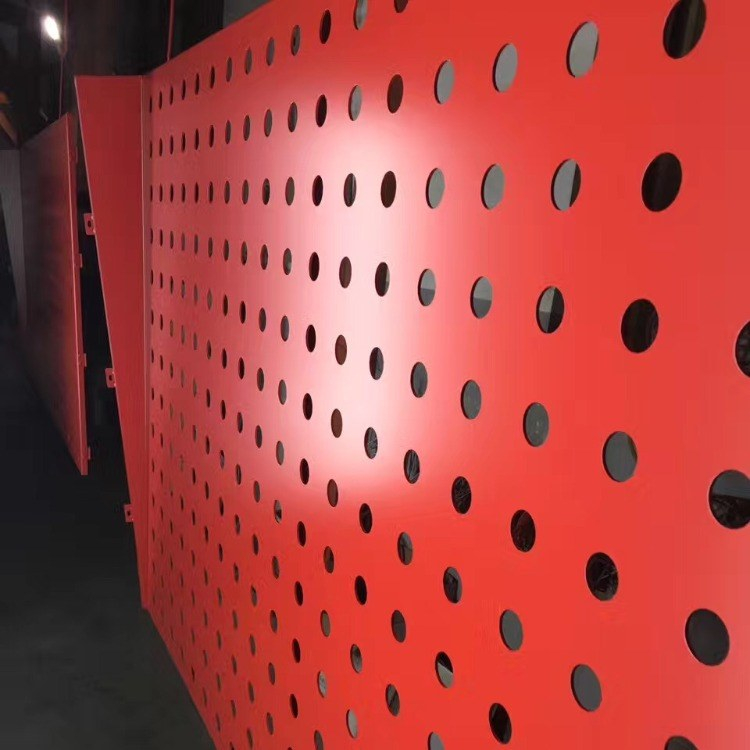
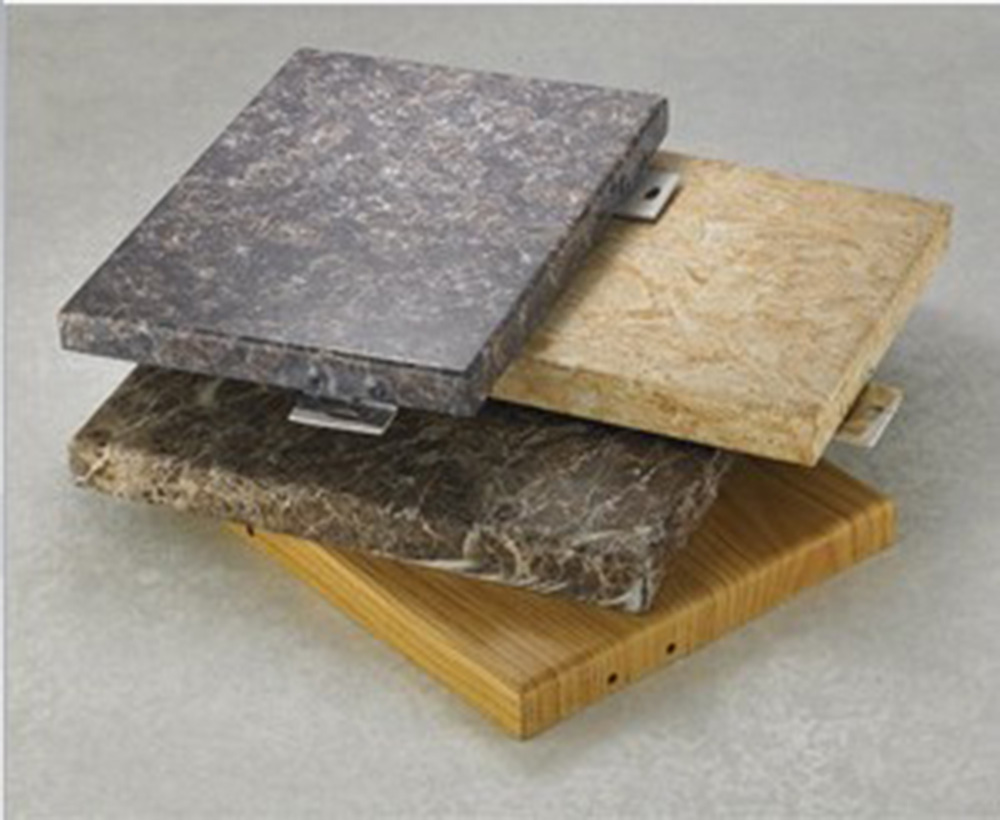
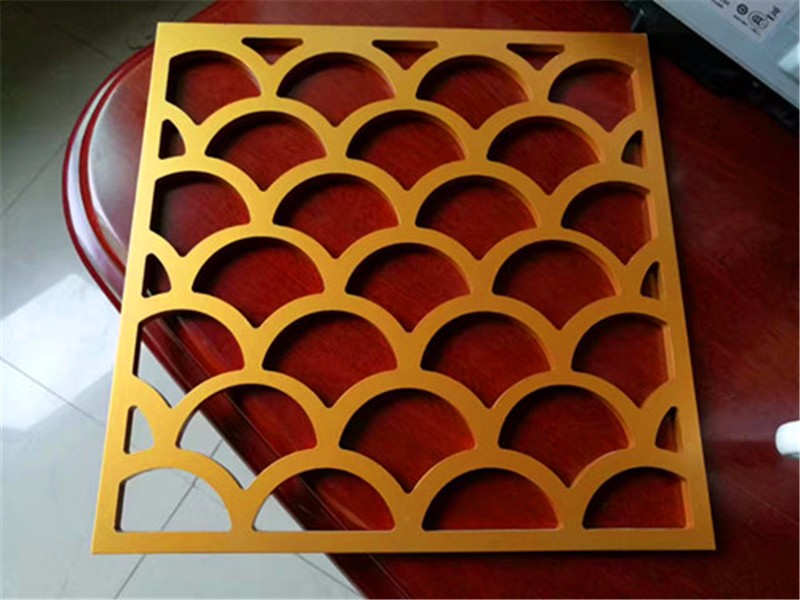


 Customer service QQ
Customer service QQ